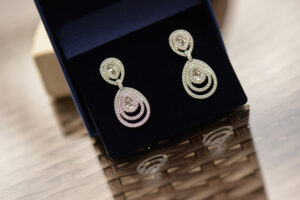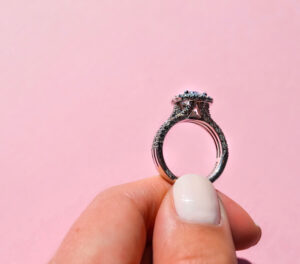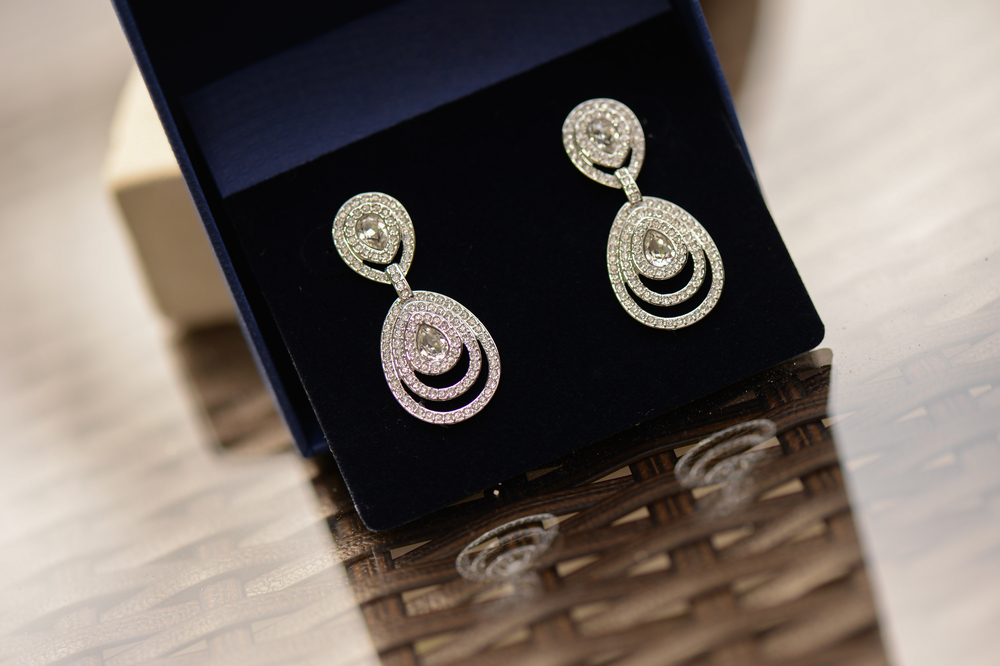
Diamonds are created in a laboratory setting that uses advanced technologies to recreate the conditions beneath the earth’s crust that are necessary for the formation of natural diamonds. These diamonds are called lab-grown diamonds and they are similar to natural diamonds in every way. Today, lab-grown diamonds are used for making diamond rings, diamond earrings, diamond bracelets, and many more.
When you shop for lab-grown diamond jewelry without any preparation, you might make some mistakes that will cost you money. Some diamond dealers may even take advantage of your lack of knowledge about lab-grown diamond and diamond jewelry and sell low-quality products to you.
In this article, we will take a look at some easy ways in which you can avoid cheating when purchasing lab-grown diamond jewelry.
Do Not Choose Fancy-Shaped Diamonds
Princess cut, round brilliant, and oval cut are just a handful of the standard diamond forms. Diamonds with fancy shapes may appeal to you more than round diamonds. However, some of these, such as the emerald and Asscher cuts, have less radiance. Even if you decide to buy a fancy-shaped diamond, it will be a waste of your money since it might not have the brightness you desire.
Stay Away From Discount Diamond Jewelry
If your seller offers a huge discount for a lab-grown diamond ring, you should see it as a red flag. It is true that lab diamonds are cheaper when compared to mined diamonds. However, you may find ridiculously low-priced diamonds. If the diamonds’ cost is lower, then the chances of the carat weight, cut quality, clarity grade, etc. being lower are also high. You won’t get a high-quality diamond at a lower price.
Look For Scratches

Each of the diamond’s facets is polished once it has been cut; if this isn’t done precisely, it might result in easily apparent scratches on the diamond’s external surface. These flaws are comparable to those left on a car after it has been waxed. As a result, choose diamonds with no or few blemishes.
Do Not Buy Uncertified Diamonds
People like to purchase trademarks and labels since they provide confidence and guarantee high-quality products. Similarly, a certificated diamond is usually preferable. The exact dimensions, carat weight, clarity, color, cut, symmetry, polish, and purity of the diamond are all detailed in a certificate issued by a reputable gem lab such as GIA or AGSL. This enables you to make an informed purchase decision.
